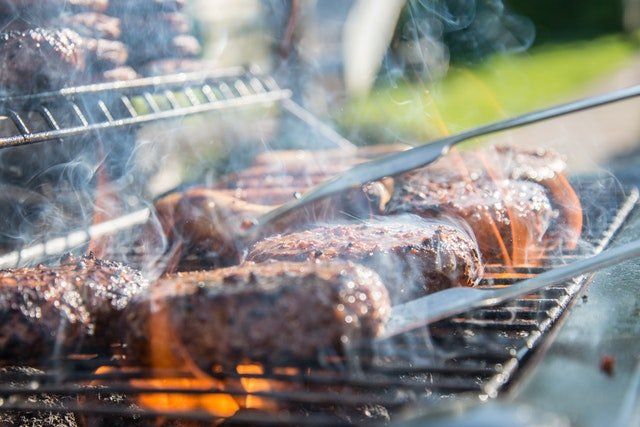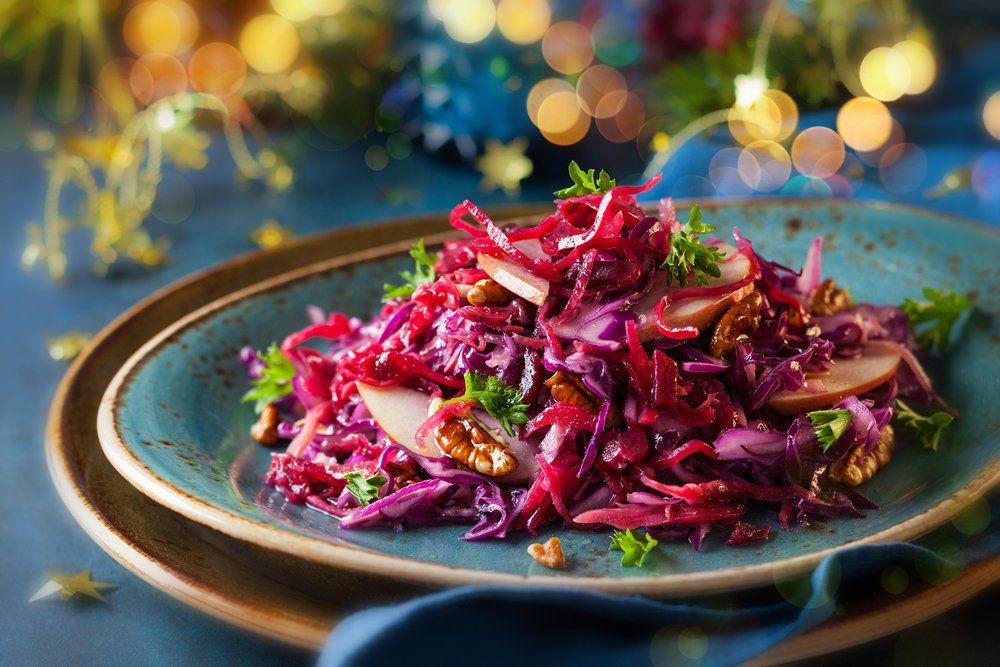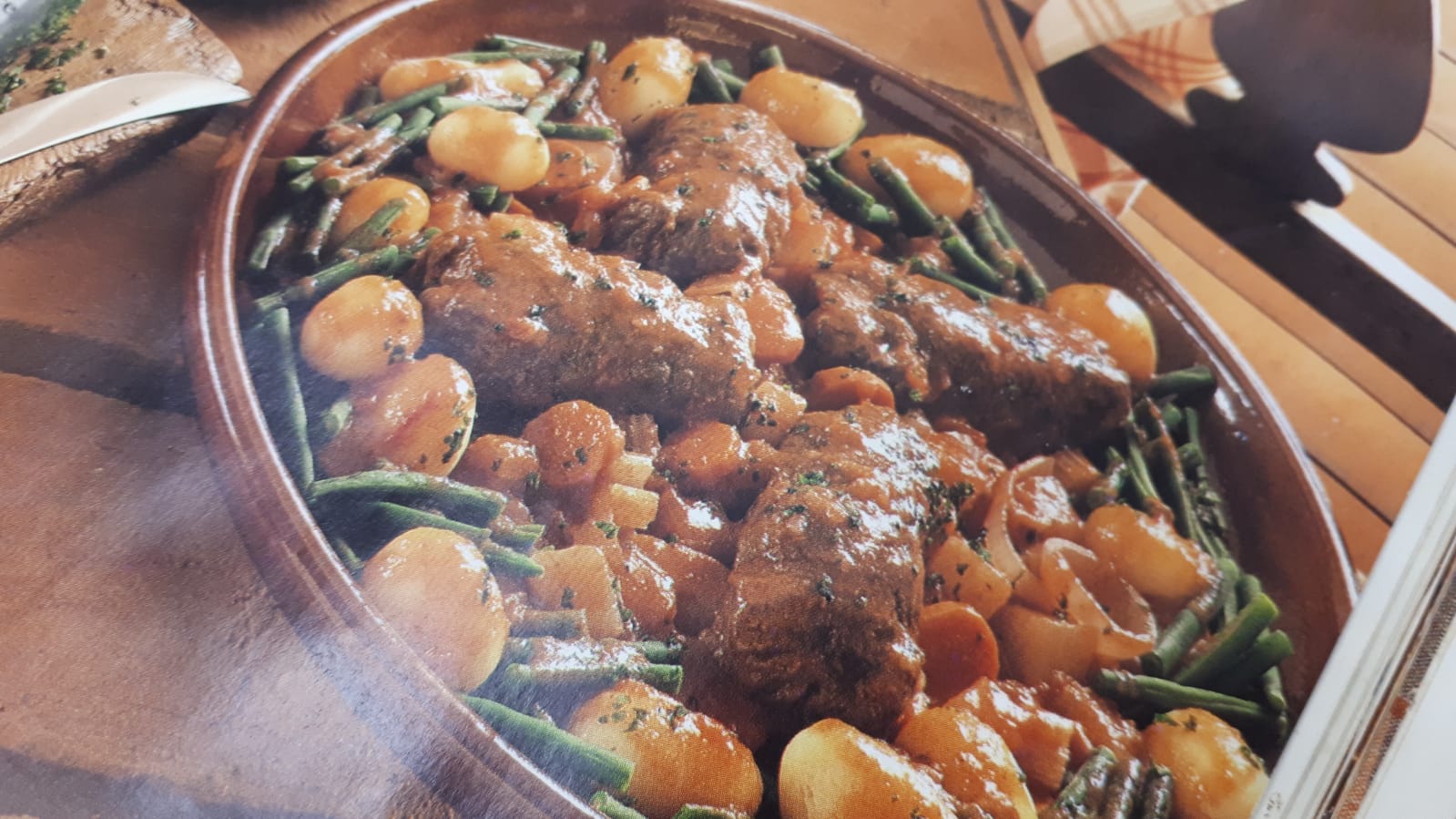Christmas Food Traditions
- By Sonya Meagor
- •
- 04 Jan, 2018
- •
We are starting to feel all Christmassy, you may think it took long enough, with Christmas just days away, but we have been busy catering for all your lovely Christmas dinners and soirees.
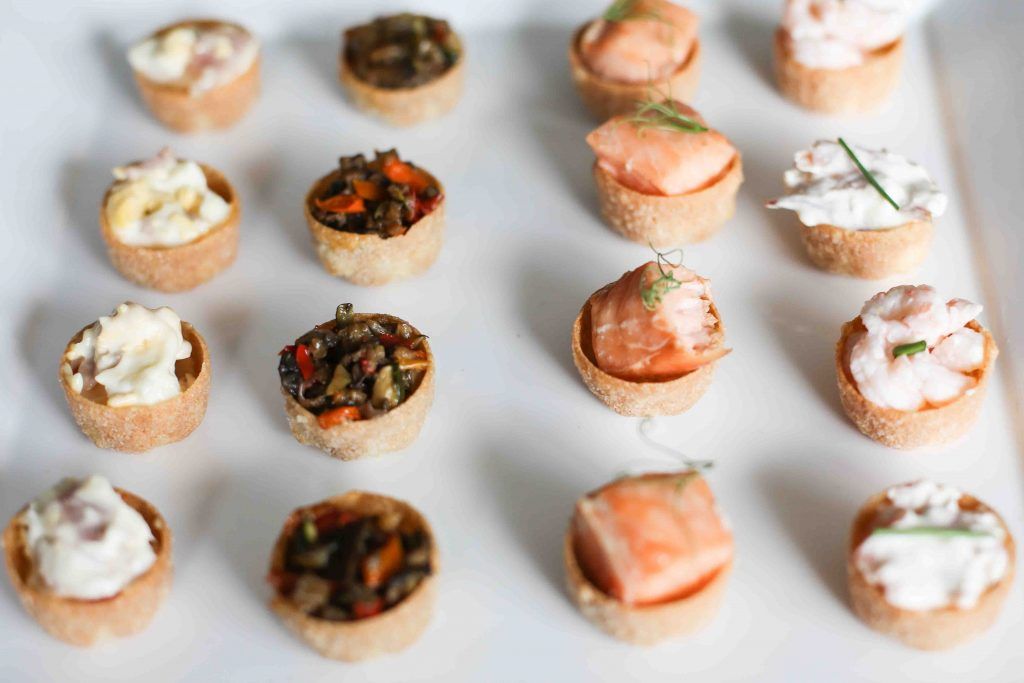
In today’s blog we are going to take the opportunity to reflect on
the many dishes of Christmas. In my last post I gave some alternative
suggestions to the traditional turkey Christmas dinner. But, of course
what is tradition here in England is different in other countries….
Speaking of turkey, it wasn’t the Christmas Day dish of choice until
around 1850, when it was introduced as the preferred dish of Royal
courts in place of the previous favourite of roast swan!
I’ve taken a look at some of the most delicious and interesting Christmas food available:
Perhaps one of the most lavish and well-known traditions from Provence is the feast enjoyed on Christmas Eve, le réveillon de Noël. The food at this table is extremely luxurious and you can expect oysters, snails and lobster.
Families often spend a huge amount of money on this meal and as well
as opulent meats and dishes in the main course thirteen desserts are
served. ‘Trou normand” or “the Norman hole” which is an alcoholic drink
served with an apple or pear sorbet, said to reawaken the appetite, is
also served between courses!
Though some of the food sounds scrumptious, generally le réveillon de
Noël is not something that appeals to me! The same goes for the
traditional Inuit meal for Christmas in Greenland – kiviak. It is made
of little auks (sea birds) fermented in a seal skin. It is said to take
between four months and eighteen months to prepare!
Another unusual Christmas food trend hails from Japan… Surprisingly KFC is the meal of choice to celebrate Christmas. Apparently this started in the 70s as a result of a great advertising campaign. Well it stuck because approximately 3.6 million people are said to enjoy Kentucky Fried Chicken on December 25th…
Most Slavic countries follow the Julian calendar as Orthodox Christians. This means that they celebrate Christmas Eve and Christmas Day two weeks behind us, on the 6th and 7th January. In the Ukraine they don’t eat meat for advent and Christmas Eve is the last meatless meal of Advent. So after midnight mass they feast and break the meatless fast.The meal is known as Sviaty Vechi and like in Provence, thirteen
dishes are enjoyed to symbolise Christ and the apostles. These dishes
range from soups like borshch to fish and cabbage and beans. Pickled
herring is popular too as the silver colour and scales are meant to
symbolise forthcoming good luck and prosperity. Sauerkraut is another
popular choice and is prominent as it signifies wealth in the coming
year. Freshly baked breads with a clove of fresh garlic and honey are
enjoyed along with stewed fruits and compote.
I’ll be serving turkey at home with all the trimmings, but whatever you are doing and eating, I hope you have a great one.
Merry Christmas to you all and thanks for your support this year. Here’s to a great 2018.
Cheers!Sonya
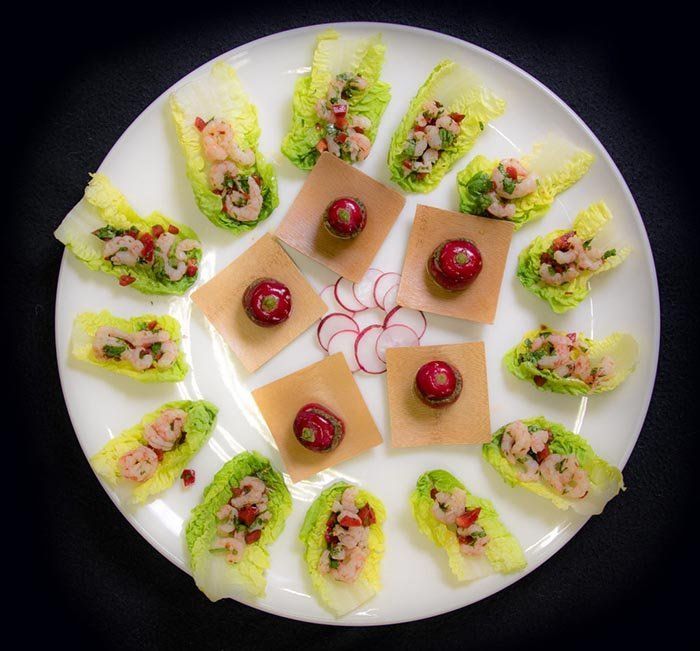
The Millfield theatre is home to eco cuisine and the events have been held here too for that reason.
OLIO (the food app) and NLWA (North London Waste Authority) CROPDROP (local Haringey boxed fruit/vegetable scheme) plus our very own Sonya Meagor (eco cuisine) are confirmed as our first speakers and we're For each event, we support a North London based charity related to the event theme - for this event we're delighted to collaborate with The Felix Project .
TICKETS
https://www.eventbrite.co.uk/e/sustainable-food-packaging-tickets-61490383392?aff=website


With less than two weeks until Christmas and the holidays nearly upon us, the shops are stocked with delicious festive treats and people are already stocking up on Christmas food fit for a feast or two.
But, just because it is Christmas doesn’t mean we should not consider what is in season and keeping sustainability at the forefront of our minds.
So, what is in season over December and the winter seasons in Britain? Well, thankfully many of the Christmas time favourites are favourites for a reason – they’re traditionally easily grown and sourced in the U.K. over winter. Cabbage, sprouts, potatoes and onions, celeriac, celery and carrots as well as parsnip and swede are all in season this time of year. Not forgetting chestnuts, beef and venison and even guinea fowl too.
So roast dinners with all the trimmings can be environmentally friendly! Of course clementines, pomegranates and dates are seasonal favourites too and these are obviously not sourced locally.
Whatever you buy and eat over the festive season, remember to consciously consume – making informed and conscious decisions about what you buy and eat.
In the lead-up to the Christmas break we enjoy hearty, warming foods, keeping us warm in the cold weather and suitably fuelled over this busy season.
We enjoy Rumbledethumps – for those who haven’t heard of it, it is the Scottish equivalent of bubble and squeak as it is often made with leftovers, though it isn’t usually fried. It is a lovely filling dish served as a side or when served with a nice piece of fish or chicken breast can even be a substantial main meal.
Rumbledethumps
550g large potatoes,
350g swede
60g unsalted butter
250g kale, finely sliced
1 small onion diced
Sprigs of thyme
25g cheddar cheese, grated
Preheat the oven to 180C/350F/Gas 4.
Peel and chop the potatoes and the swede and chop into large chunks. Next, boil in a saucepan tender. Drain and return to the pan.
Heat three quarters of the butter in a pan on medium low heat and cook the kale and the onions for a few minutes, until the kale is tender and onions lightly browned.
Add the kale and onions to the pan with the potatoes and swede then add the remaining butter and mash together. Season, to taste, with salt and freshly ground black pepper.
Place the mashed medley into an ovenproof dish and top with the cheese. Cover with a lid and bake in the oven for about 20 minutes, then remove the lid and continue to cook for a further 15 minutes, or until piping hot and golden-brown on top. Serve with fresh thyme.
What winter dishes keep you going in the lead-up to the Christmas break? Let us know in the comments.

